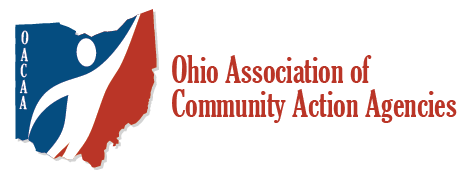As a new parent, I could not wait for my son to say his word first. As an adult, some days I do not want to hear his next. Though as I joke, we know that maintaining open lines of communication with not only children, but coworkers, customers, and members of the community, is an important piece of furthering the Community Action mission.
My friend Merriam defines communication as a process by which information is exchanged between individuals through a common system of symbols, signs, or behavior. I frequently hear leaders say, “We communicate all the time.” However, I also hear their peers say, “No one ever tells us anything.” Communication must be delivered and received which may require multiple methods and approaches. A six-page newsletter delivered twice a year may not be as effective as a one-page memo emailed once each month. Depending on what your audience needs and wants to receive, and the multiple audiences seeking a variety of information, tactics may need to vary. Listening to their spoken or unspoken feedback will help you determine the content and the best ways to deliver it.
Email, Facebook, blogs, or even inserts with paystubs (yes—most staff still look at their paychecks even with direct deposit) are excellent methods to communicate to staff and other publics where appropriate. Your board of directors may request a written report though a verbal summary of the report may help to go along with it. Other nonverbal communication is also just as important when building and maintaining relationships with staff, board, customers, or the community. Sharing smiles, a handshake, or even brief encouraging remarks are just as important as inviting someone to the next strategic planning meeting.
Take the time to walk out of your office and communicate—most importantly, listen. After all, Merriam says it is an exchange, a give and take; communication is interactive. And when done effectively, your audience, like a new mom, will look forward to that next exchange.
]Julia Wise is the executive director of Highland County Community Action Organization (HCCAO). She has a master’s degree in Organizational Management and over twenty-five years of experience in Community Action. Julia also serves as an Internal Consultant with OACAA and Ohio Community Action Training Organization. Her specialized trainings include Bridges Out of Poverty, board training, customer services, Head Start Policy Council, Results Oriented Management and Accountability (ROMA) and strategic planning.
